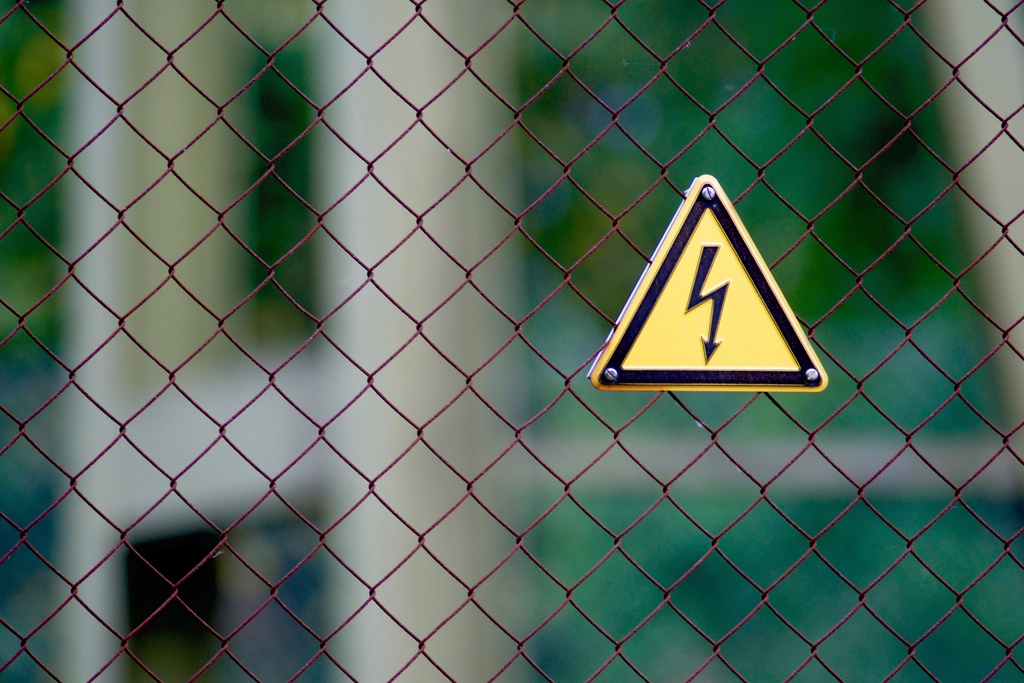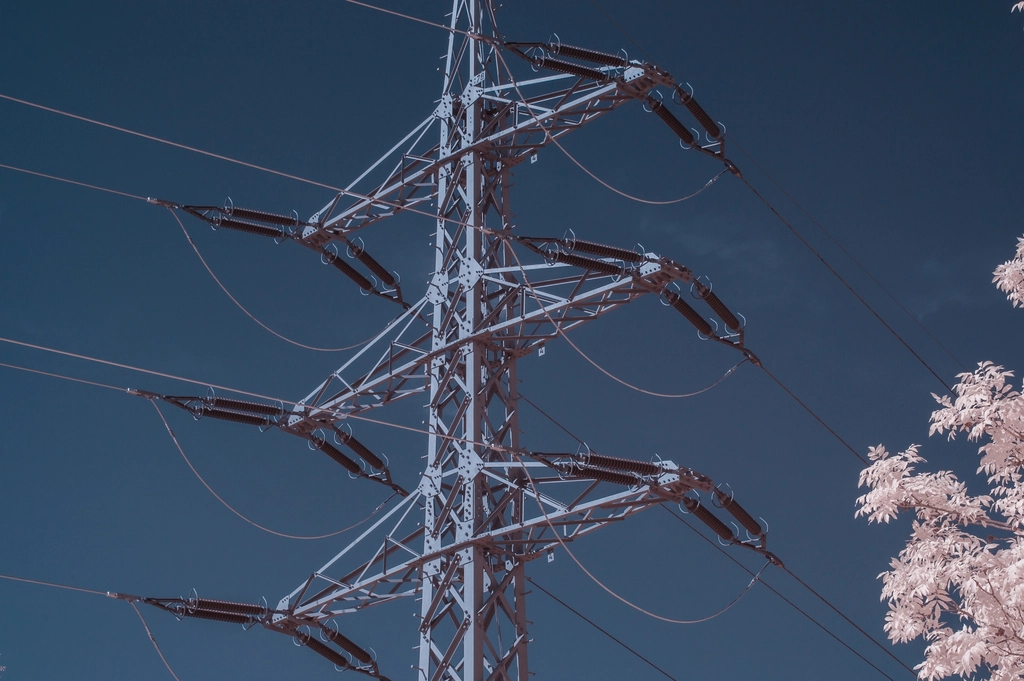Introduction to Voltage Rating in Construction
Did you know how pivotal the role voltage rating plays in selecting and using electrical equipment and materials?
If not, don’t worry!
In this guide, we simplify the notions of voltage rating, its importance, and why it’s vital to safety, performance, and compliance in construction operations.
We’ll walk you through the nuances and practical implications of voltage ratings – both the maximum and the nominal. We’ve also tabulated a few common voltage ratings for different construction scenarios – from residential wiring to industrial setups.
But there’s more – we fully explore the concept of a ‘Normal Voltage Rating,’ shedding light on why it’s critical for efficiency, lifespan, and correct functionality of electrical devices.
So buckle up, as we dive into this electrifying topic of understanding voltage ratings in construction!
Table of Contents
Understanding Voltage Rating in Construction
Definition and Importance
Voltage rating refers to the maximum amount of electrical voltage a device, conductor, or piece of equipment can handle safely without the risk of damage or failure. This is a critical aspect in construction, particularly in electrical installations and the selection of electrical materials.
Why Voltage Rating Is Essential
- Safety – Ensures equipment operates within safe limits.
- Performance – Maintains the integrity and longevity of equipment.
- Compliance – Necessary for meeting local and national electrical codes.
Common Voltage Ratings in Construction
| Application | Common Voltage Ratings |
|---|---|
| Residential Wiring | 120V, 240V |
| Commercial Buildings | 120V, 208V, 240V, 480V |
| Industrial Settings | 277V, 480V, 600V and above |
Key Points to Remember
- Match Voltage Ratings – Always use components with compatible voltage ratings.
- Overhead Safety – Exceeding voltage ratings can cause overheating and potential failures.
- Regulations – Adhere to standards set by National Electrical Code (NEC).
Real World Applications
1. Home Renovations: When adding new outlets or lighting fixtures, it’s crucial to ensure they match the existing voltage rating of the home’s electrical system.
2. Commercial Upgrades: Office buildings often require higher voltage ratings for larger HVAC systems or complex lighting layouts.
3. Industrial Installs: Factories may need equipment that supports high voltage ratings for heavy machinery and large-scale operations.
For further reading on ensuring safe and compliant electrical installations, check out an article on Electrical Engineering Portal.
Exploring the Concept of Normal Voltage Rating

The Meanings of Normal Voltage Rating
The “normal voltage rating”, also known as the nominal voltage rating, is defined as the designated voltage of a device or electrical system, intended to detail the level at which it is to operate most efficiently. This rating is not the same as maximum voltage rating. Instead, it indicates the effective or average (RMS) voltage, detailing the optimum performance level rather than the absolute limit.
It’s important to consider that, in practice, voltages can fluctuate regularly due to variations in load demands or inherent inconsistencies in electricity generation and distribution.
Normal Voltage Ratings in Practice
- Efficiency: Operating at the nominal voltage ensures that the equipment performs efficiently and that energy is not wasted.
- Lifespan: Devices can have reduced lifespan if consistently operated outside their nominal voltage range.
- Functionality: Certain equipment, particularly sensitive electronic devices, may malfunction or deliver improper results when operated outside the designated voltage.
Typical Examples of Normal Voltage Ratings
| Type of Equipment | Typical Nominal Voltage Rating |
|---|---|
| Small household appliances | 120V |
| Large household appliances (washers, dryers, etc) | 240V |
| Computers and electronics | 12V, 5V DC |
| Cell phones | 3.7V DC |
Navigating Voltage Ratings
- Understanding Labels: When choosing equipment or devices, it’s essential to read and understand both the nominal and maximum voltage ratings indicated on the labels or in the instruction manuals.
- Anticipating Variation: Bear in mind that power supplies may not always deliver the exact voltage for which a device is rated. It’s important to have equipment that can tolerate expected variations.
- Professional Guidance: When installing or maintaining electrical systems, rely on trained professionals who understand voltage rating nuances, ensuring the optimum and safe use of electricity.
Important Consideration of Normal Voltage Ratings
1. Consumer Products: From televisions to toasters, every electrical product has a normal voltage rating. Using a device outside its nominal voltage could result in poor performance or even damage.
2. Automotive Uses: Your vehicle’s electrical system, including its battery, alternator, and various electronic components, operates at a designated normal voltage. Adhering to this is key to keeping your vehicle running smoothly.
Visit US Department of Energy for an in-depth understanding of how voltage and other aspects of electricity shape our daily life.
How to Determine Voltage Rating

Determination Process
Determining the voltage rating of electrical devices and systems involves several steps. Understanding these steps not only helps in selecting the appropriate equipment but also ensures compliance with safety standards and enhances the lifespan of the equipment.
Review Manufacturer Specifications
One of the first steps in determining the voltage rating is to consult the manufacturer’s specifications. These specifications, provided in the device manual or on the product label, indicate the maximum and normal voltage ratings for safe operation.
Assessing Electrical Load Requirements
Calculate the total electrical load that the device or system will support. This involves adding up the power requirements (measured in watts) of all connected devices and converting this into the required voltage. This helps in determining whether your existing electrical system can handle the additional load without exceeding voltage ratings.
| Device | Power Requirement (Watts) |
|---|---|
| Lighting Fixture | 60W |
| Refrigerator | 150W |
| HVAC Unit | 2000W |
Environmental Factors
Assess environmental conditions such as temperature, humidity, and potential exposure to hazardous substances. Devices exposed to harsh conditions may require a higher voltage rating to ensure safe and reliable operation.
Consulting Electrical Codes and Standards
Refer to national and local electrical codes, such as the National Electrical Code (NEC), to understand the regulations related to voltage ratings. Compliance with these codes is crucial for safety and legal reasons.
Practical Guidelines
- Overrating Devices: Opt for devices with a slightly higher voltage rating than required to account for potential voltage spikes and fluctuations.
- Consistent Monitoring: Regularly monitor voltage levels, especially in industrial and commercial settings, to ensure they remain within the safe operating range of your equipment.
- Professional Assessment: When in doubt, seek advice from a certified electrician or electrical engineer to accurately determine the voltage ratings and address any complex scenarios.
Consideration for Specific Applications
1. Outdoor Installations: Electrical systems used outdoors, such as those for lighting and security cameras, often require higher voltage ratings to withstand variable weather conditions.
2. Data Centers: In data centers, it’s crucial to ensure that servers, networking equipment, and cooling systems operate within their specified voltage ratings to prevent disruptions and data loss.
For more details on how to effectively determine voltage ratings, visit the National Electrical Manufacturers Association (NEMA).
Conclusion: The Power of Properly Understanding Voltage Ratings
Understanding voltage ratings—including maximum and normal voltage—is critical and multifaceted, encompassing safety, performance, efficiency, and legal compliance. In construction, voltage ratings guide material and device selection for different settings, from residential to industrial.
Recognizing voltage ratings contributes to equipment longevity, energy conservation, and safe operation. By comprehending total electrical load requirements, environmental factors, and abiding by electrical codes, individuals can make informed decisions that promote secure, efficient electrical installations.
Moreover, voltage ratings are integral in everyday life, influencing everything from consumer electronics to the operation of automobiles. As such, amplifying our understanding of this essential electrical aspect is beneficial to all.
Frequently Asked Questions – FAQs
What does a voltage rating mean?
A voltage rating refers to the maximum amount of electrical voltage a device or system can handle safely without risk of damage or failure.
Are maximum and normal voltage ratings the same?
No, they are not the same. The maximum voltage rating indicates the absolute limit, while the normal or nominal voltage rating details the level at which a device or system operates most efficiently.
How do voltage ratings affect electrical installation in construction?
Voltage ratings guide the selection of materials and devices in construction. These ratings ensure that devices operate safely within their rated capacity, promoting longevity and adherence to local and national electrical codes.
How can one determine the voltage rating of a device or system?
One can determine the voltage rating by consulting manufacturer’s specifications, calculating total electrical load, assessing environmental conditions, and consulting local and national electrical codes.
Why is it relevant to consider normal voltage ratings in everyday devices?
Considering the normal voltage rating is important as it helps to ensure the efficient and safe operation of devices. Using a device outside its normal voltage range can lead to poor performance or even damage.






